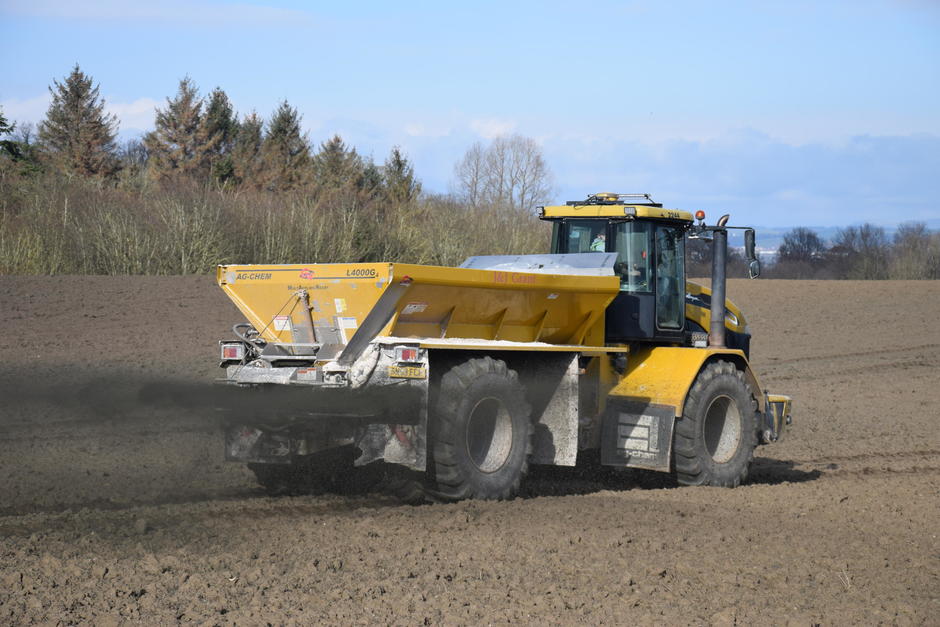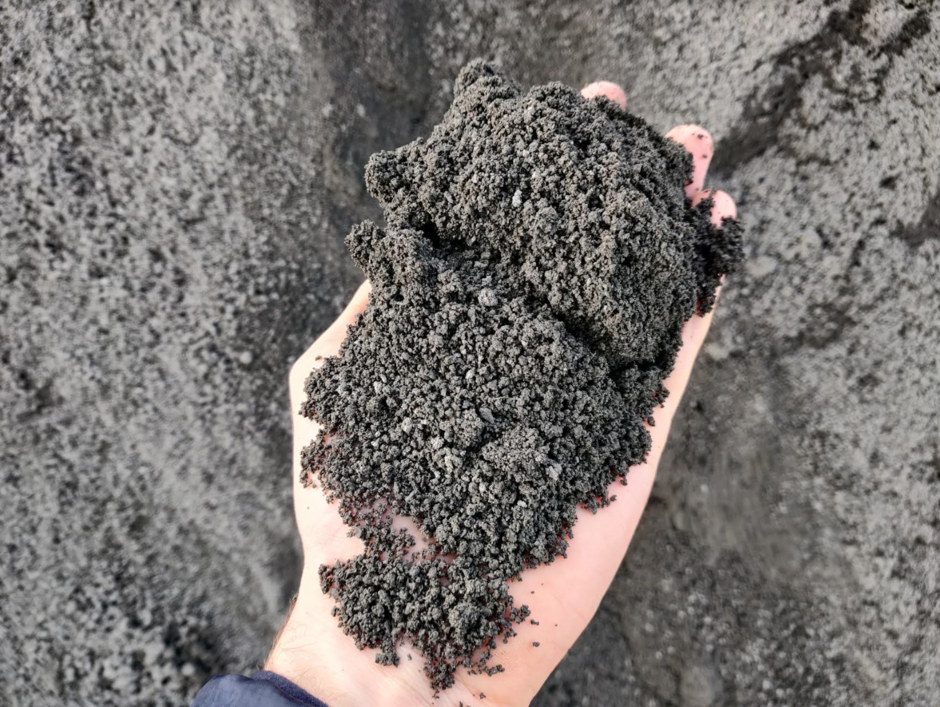What is Enhanced Weathering?
We can reduce many of our emissions, but certain ones are hard to abate. This is where carbon removal comes in. In order to achieve Net Zero, we need to find ways to offset these hard-to-abate emissions. One such method of carbon removal is enhanced weathering.
Enhanced weathering is the acceleration of a natural process that removes carbon dioxide from the atmosphere. Carbon dioxide dissolves in rainwater in the atmosphere and as it rains and comes into contact with volcanic rocks such as basalt, a chemical reaction occurs. This reaction releases minerals and nutrients into the soil while permanently storing carbon dioxide in mineral form. Enhanced weathering accelerates this process by spreading very small rock particles with a high reactive surface area across large areas of agricultural land.
There are various types of carbon removal, including afforestation, pyrolysis of organic matter, bioenergy carbon capture and storage, and direct air capture. However, enhanced weathering is unique because it permanently stores carbon dioxide for over 10,000 years and has a multitude of co-benefits to agriculture.
The co-benefits of this process are clear; not only does it remove carbon dioxide from the atmosphere, but it also helps to support the agricultural sector by improving soil health and enhancing crop growth by releasing key nutrients into the soil.
How does Enhanced Rock Weathering work?
- Basalt spreading: Finely ground basalt rock is sourced from local quarries and spread across agricultural or restoration lands.
- Natural CO2 sequestration: When the rainwater reacts with the minerals in the basalt, CO2 is removed from the atmosphere and safely stored. This process releases valuable nutrients into the soil.
- Ongoing monitoring: Soil is regularly sampled to measure CO2 capture, pH changes and nutrient availability, ensuring high quality carbon credits are generated.
Key Benefits

Efficient Carbon Capture
One tonne of basalt can remove up to one tonne of CO2 offering a scalable and cost effective carbon removal method

Soil Health Improvement
Basalt releases essential nutrients such as Calcium and Magnesium, improving soil quality and crop yields.

Generates Carbon Credits
Verified through robust monitoring systems, Enhanced Rock Weathering can provide the opportunity to purchase carbon credits to offset emissions.

Low Capital Investment
Low cost compared to other carbon capture technologies, making it accessible to farmers and businesses alike.
How Can We Help?
Find out more about how we can support your business. Our experts are always on hand to deal with your request.




